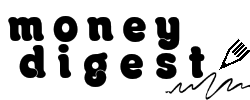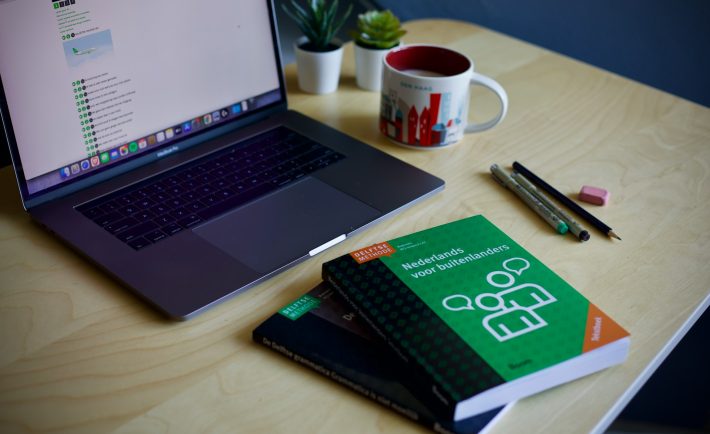Learning a new language doesn’t have to break the bank. In fact, I am currently learning the Korean language with my last class being scheduled today. While premium apps, private tutors, and immersion trips are great, they’re not the only ways to become fluent.
Whether you’re picking up Spanish, French, or Korean, here are some budget-friendly strategies to help you master a new language without emptying your wallet.
#1: FREE LANGUAGE APPS
There’s no shortage of free apps to help you learn a language at your own pace. Duolingo, Memrise, and Clozemaster offer interactive exercises, vocabulary drills, and gamified lessons—all for free!
Want something more structured? The free version of Anki lets you create personalized flashcards to reinforce learning.
#2: YOUTUBE UNIVERSITY
Forget expensive courses as YouTube is a goldmine of language-learning resources. Channels like “Learn French with Alexa” or “Spanish with Paul” offer free lessons for beginners to advanced learners.
The best part? You can rewind, slow down, or replay tricky sections until you nail the pronunciation.
#3: PODCASTS AND AUDIOBOOKS
Turn your daily commute or workout into a language lesson with free podcasts. “Coffee Break Languages” and “Duolingo Podcast” provide engaging and practical lessons.

Image Credits: unsplash.com
If you love stories, try listening to audiobooks in your target language. Start with children’s books for simple vocabulary and work your way up.
#4: LANGUAGE EXCHANGE
Who needs pricey tutors when you can swap skills for free? Apps like Tandem, HelloTalk, or Speaky connect you with native speakers who want to learn your language. It’s a win-win: you teach them, they teach you, and you both improve for free!
#5: LIBRARIES
Local libraries often have free language books, audiobooks, and even access to digital learning platforms. Don’t overlook free government and university websites as many offer full language courses at no cost.
#6: SPEAK IT EVERY DAY
Practice speaking as much as possible. Narrate your daily routine, describe objects around you, or even talk to yourself in the mirror. If you’re too shy, voice message yourself or use AI chatbots designed for language learners.
#7: WRITE IT DOWN
Journaling in your target language is a great way to reinforce what you’ve learned. Start with a simple sentence each day and gradually add more detail. Not sure if your grammar is correct? Use free tools like Grammarly or LanguageTool to check your work.

Image Credits: unsplash.com
IN A NUTSHELL
Fluency doesn’t require a fortune. Instead, it needs consistency, creativity, and smart use of free resources. With these budget-friendly methods, you’ll be chatting like a native in no time!
So, what language are you learning next?

